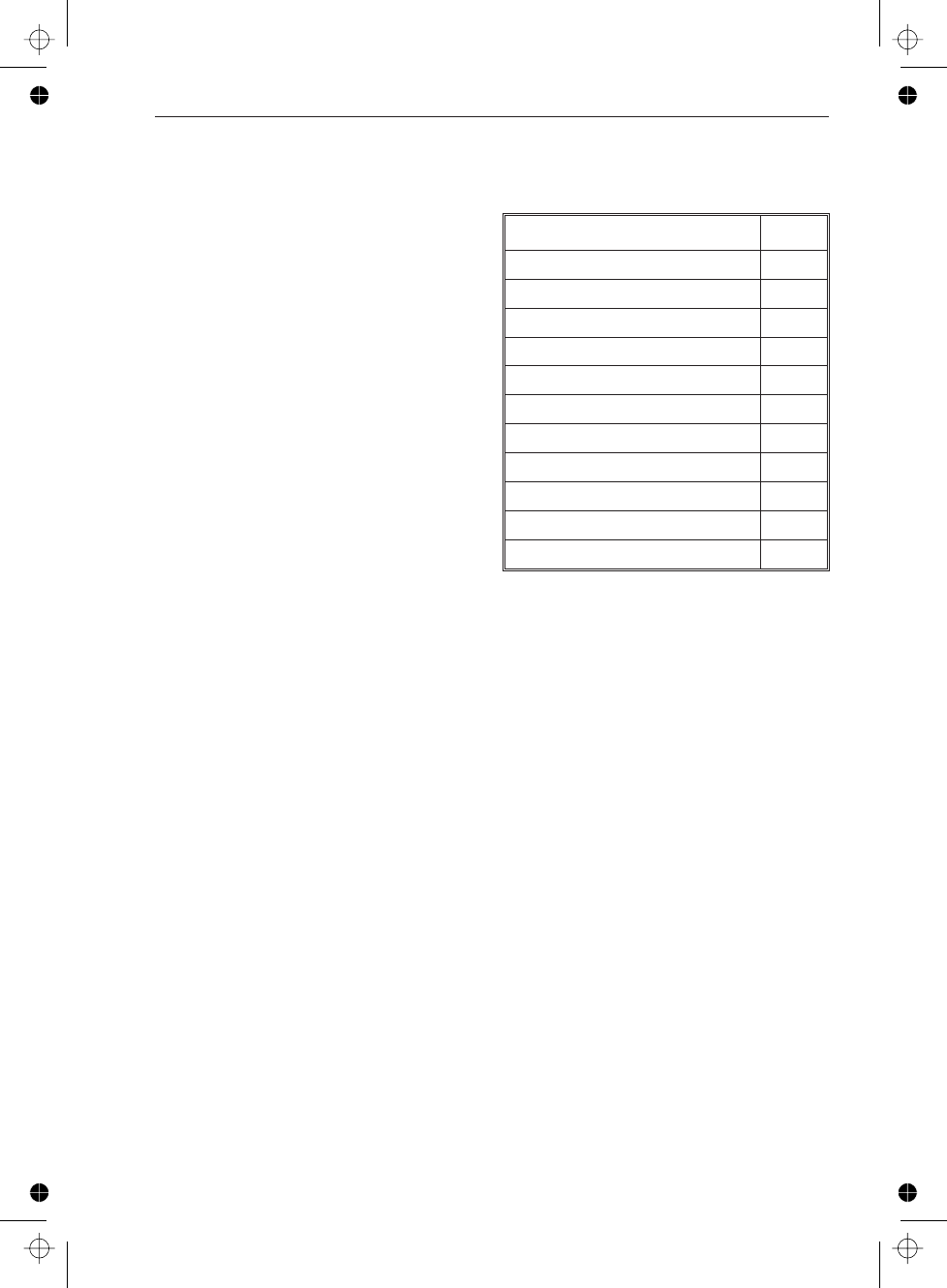
The address can also be set via a GPIB
command or from the AUX MENU on
the PM6680B/1/5. The set address is
stored in nonvolatile memory and re
-
mains until you change it.
Power-on
When turned on, the counter starts with
the setting it had when turned off.
n
Standby
When the counter is in REMOTE mode,
you cannot switch it off. You must first
enable Local control by pressing LO
-
CAL.
Testing the Bus
To test that the instrument is operational
via the bus, use *IDN? to identify the in-
strument and *OPT? to identify which
options are installed. (See ‘System Sub-
system’ , *IDN? and *OPT?)
Interface Functions
What can I do with the Bus?
All the capabilities of the interface for the
PM6680B-series are explained below.
n
Summary
Description, Code
Source handshake, SH1
Acceptor handshake, AH1
Control function, C0
Talker Function, T6
Listener function, L4
Service request, SR1
Remote/local function, RL1
Parallel poll, PP0
Device clear function, DC1
Device trigger function, DT1
Bus drivers, E2
n
SH1 and AH1
These simply mean that the counter can
exchange data with other instruments or a
controller using the bus handshake lines:
DAV, NRFD, NADC.
n
Control Function, C0
The counter does not function as a con
-
troller.
n
Talker Function, T6
The counter can send responses and the
results of its measurements to other de
-
vices or to the controller. T6 means that it
has the following functions:
–
Basic talker.
–
No talker only.
–
It can send out a status byte as response to
a serial poll from the controller.
–
Automatic un-addressing as a talker when
it is addressed as a listener.
Getting Started
Interface Functions 1-5


















